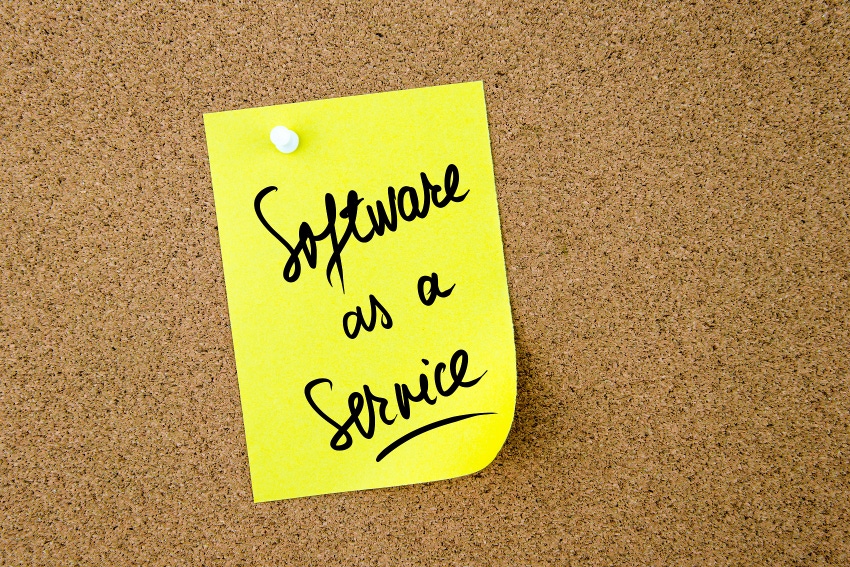IT Budgets 2024: Reevaluating Tech Stacks
Many organizations underestimate the number of SaaS Apps being used by their workforce because they don’t have a way to effectively discover SaaS use.

At a Glance
- The average organization has more than 125 different SaaS apps, costing on average $1,040 per employee every year.
- Discovery can be done with a several tools: SaaS management platforms, SaaS spend management, and software asset management.
- The challenge for IT leaders is to keep the organization focused on the most important and strategic priorities.
IT leaders are advised to take a closer look at their existing technology stacks and make a thorough evaluation of their software-as-a-service applications to reduce expenses. But this is easier said than done but not impossible.
A recent Gartner report found SaaS spend continues to grow by 15-20% annually, and the average organization has more than 125 different SaaS applications, costing businesses on average $1,040 per employee every year.
Gartner’s statistics indicate the need for IT leaders to assess and optimize their tech stacks to help address basic endpoint device and infrastructure management.
Dan Wilson, Gartner vice president analyst, explains via email the assessment process usually starts with discovery of what is being used on company devices, within the company network or through company identities and email addresses. “The goal is to uncover business-led and shadow IT and to reduce security risk and optimize costs,” he says.
Discovery can be done with a several categories of tools, including SaaS management platforms (SMP), SaaS spend management, and software asset management (SAM). Each tool leverages one or more common discovery methods.
These include integration with security tools (cloud access security broker, web proxy or firewall, and identity providers), custom developed or open APIs, installation of a desktop agent or browser extension, integration with expense systems and scanning email boxes.
“More is better, given that no single method is effective,” Wilson adds. “They all have blind spots.”
Better Purchasing Processes
Juniper Networks CIO Sharon Mandell says IT leaders can optimize tech stacks by asking more questions earlier in the technology purchasing process, including accessing the anticipated product roadmaps and updates and costs associated with scaling or reducing usage.
“There is a plethora of tools available in the marketplace available to monitor spend and usage of SaaS applications, but they themselves require system integration and good data quality to be effective,” she explains via email.
Tech leaders must also implement a more rigid, strategy-aligned software approval process for the company by avoiding duplicative spend, interrogating the efficacy of solutions around renewals, and making sure contract volumes are rightsized.
“Further, they must also scrutinize system enhancement requests in its backlog and make sure they continue to make sense to execute as a business and in a more constrained environment,” she adds.
Striking a Balance for Tech, Stakeholders
Mandell says the challenge and responsibility for IT leaders is to keep the organization focused on the most important and strategic priorities instead of pursuing every “good idea.” “While IT leaders should encourage a culture of innovation and ideation, they should also balance maintaining a strategic focus,” she says.
When looked at individually, a request or new idea might seem intriguing or worthwhile, but it must be within an organization’s supply and cost levels. “It’s up to IT leaders to work with their business partners to put each idea into the greater business context and ask whether new ideas will make a material impact on the strategic outcomes of the total organization or drive dramatic efficiencies,” Mandell notes.
Mike Walters, president and co-founder of Action1, recommends looking for opportunities to consolidate similar applications serving similar purposes.
“This will reduce redundancy and streamline processes,” Walters says. “Additionally, explore integration opportunities between different applications to enhance data flow and productivity.”
He also advises IT leaders to search for comprehensive software suites that offer multiple functions within a single platform, rather than using numerous standalone applications.
“This helps reduce the number of separate tools and simplifies the overall tech stack,” Walters says.
Assigning SaaS Management Duties
Wilson says it’s helpful to assign a single owner for SaaS management, who usually resides in IT operations, end user computing, or digital workplace team, but may also come from IT security or IT asset management.
If reorganization is not possible, he suggests creating a SaaS Center of Excellence (SCoE) with an assigned owner empowered to leverage resources across the teams with tasks throughout the SaaS lifecycle.
“Bring together disparate teams and processes by implementing an overall SaaS lifecycle management strategy and aligning tools to manage the entire lifecycle,” he adds.
Walters advises close collaboration with finance and procurement to ensure software purchases align with budget plans and organizational policies.
“Leverage your expertise in cost control and financial analysis to maintain a well-managed software portfolio,” he says. “Require users and teams to provide comprehensive justifications and business cases for each application, including expected benefits, ROI analysis, and alternatives considered.”
From his perspective, this process helps prevent unnecessary purchases and ensures alignment with business objectives.
About the Author(s)
You May Also Like







